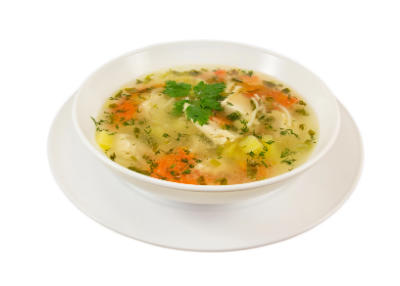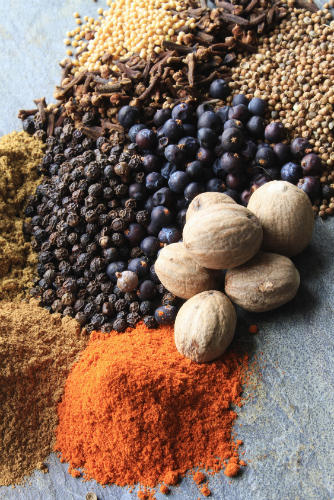Natural Flavours
 “If variety is the spice of life, herbs and spices are the foundation – they transform everyday foods into exciting culinary adventures… Flavor enhancement is key to healthy eating – it inspires people to enjoy nourishing foods” – Dr Andrew Weil
“If variety is the spice of life, herbs and spices are the foundation – they transform everyday foods into exciting culinary adventures… Flavor enhancement is key to healthy eating – it inspires people to enjoy nourishing foods” – Dr Andrew Weil
Natural flavours are important for attributing the desired combination of taste and aroma of food and food products. As per the Indian traditional system, there are 6 tastes. The unpleasantness of a taste can well be masked by the added flavour, which may be more aroma-based.
Food technologists decide on the type of extract to be used for flavouring depending on the end-application, ie food or beverage, whether the product is in a ready to eat or a ready to cook state, whether a flavour should be experienced at the start or the end of the bite.
 Advantages of CO2 extracted natural flavours in foods and beverages
Advantages of CO2 extracted natural flavours in foods and beverages
Spices and herbs are important ingredients in food – not only for adding flavours to food and food products, but also for specific functionalities like preservation, softening, nutritional property or catalysis.
- Supercritical CO2 extraction process is devoid of harsh temperature and solvent exposure yielding flavour closest to nature than any else
- Supercritical CO2 essential oils / oleoresins / soft extracts do not contain any solvent residues or contamination
- They are free from micro organisms like bacteria, mold, etc
- They are homogeneous in consistency and character.
- As food additives, they are much less bulky compared to the raw spices, and lend themselves to uniform cooking and taste dispersion
- Since supercritical CO2 extraction leaves no traces of any solvent in the product, it is GRAS (generally regarded as safe) as per the US FDA, and is also accepted as suitable for organic foods, as per the Codex Alimentarius International Food Standards
- Standardisation – Different flavours and pungency levels based on the cultivar being extracted and the age in the lifecycle at the time of extraction
- Supercritical CO2 extraction has a distinct advantage wherever flavours in beverages are delicate and distinct
 Pure Flavours from Satvayur for Foods and Beverages
Pure Flavours from Satvayur for Foods and Beverages
Ginger CO2 soft extract as a food additive
Ginger is a very versatile spice and hence it has become ubiquitous and indispensable in almost all cuisines. Apart from the spicy, tangy flavour that characterises ginger, it was used as a seasoning primarily in foods that were difficult to digest because of its carminative properties. For example, with meats, fish, pulses, etc. Ginger also has a proteolytic enzyme which helps break down protein easier, and is used to marinate meats in order to tenderize them and aid their digestion. In the far east and south asian cuisines, ginger is used largely in savouries, curries and soups. It is also often used in teas. In Europe and the Americas, ginger is used in cookies, sweets and beverages. For example, it is used in ginger ale, ginger beer and ginger brandy. Ginger is also used as an aperitif, or appetite stimulant.
Since its health benefits were known for millenia in traditions of India (Charaka and Sushruta Samhita), China (Inner Canon and other doctrines) and the Roman empire (Dioscorides’ De Materia Medica), it was incorporated in culinary recipes of each of these nations. It spread through trade routes and colonisations. In fact, it was considered so precious that during the middle ages, one pound of ginger was supposed to equal the price of one sheep. There are references in medieval texts of Sweden that nuns introduced ginger in their cookies to ease indigestion. Today, gingerbread or ginger nut cookies or the ginger bread man are commonly consumed across the world.
Other flavours from Satvayur
- Rosemary
- Clove
- Star Anise
- Cardamom
- Black pepper
- Cumin
- Turmeric
